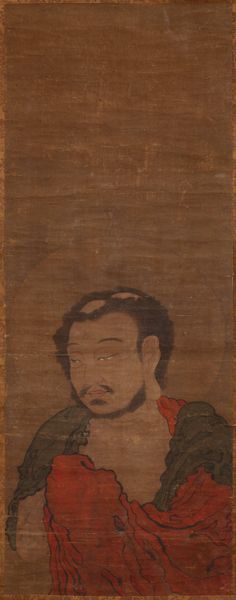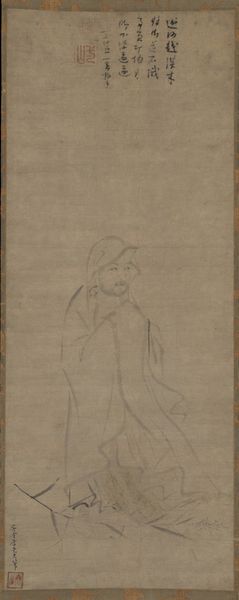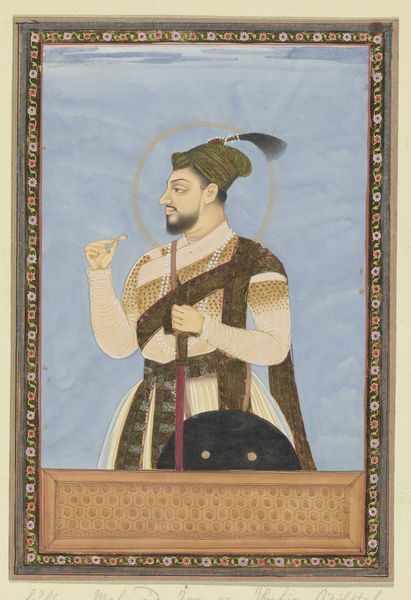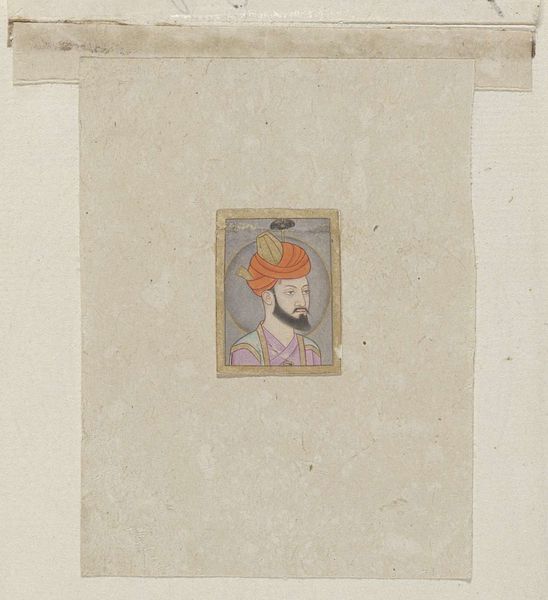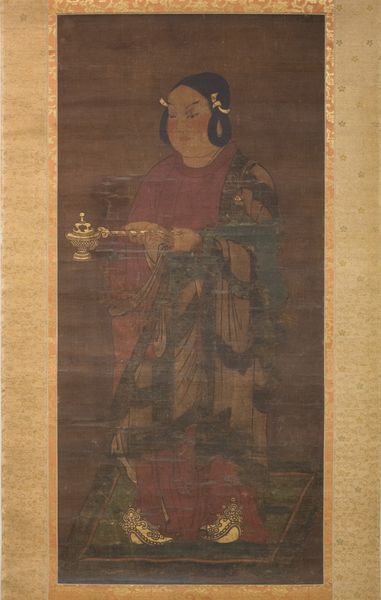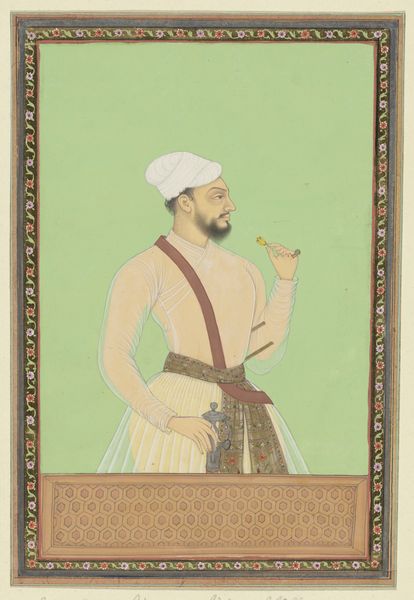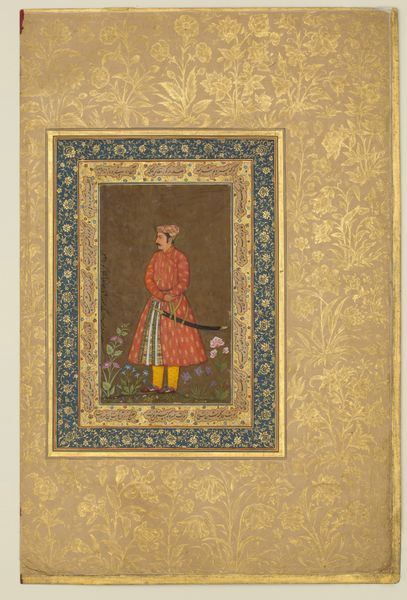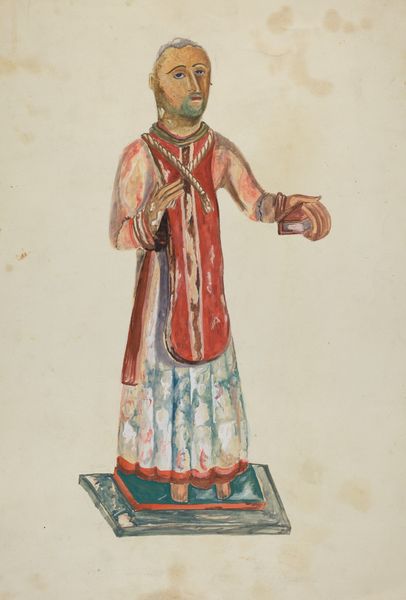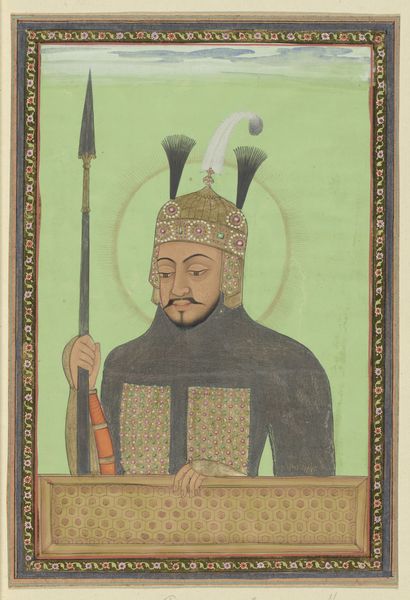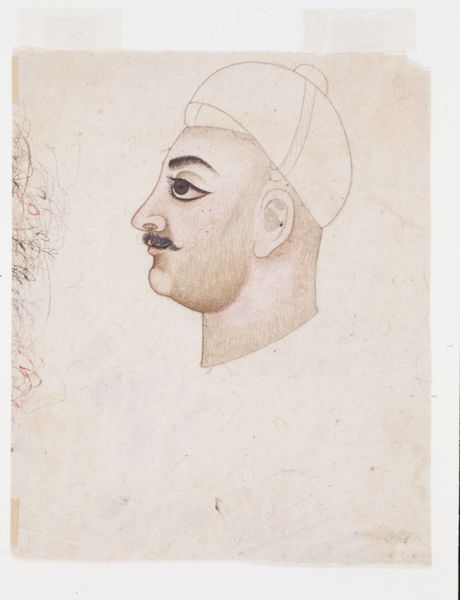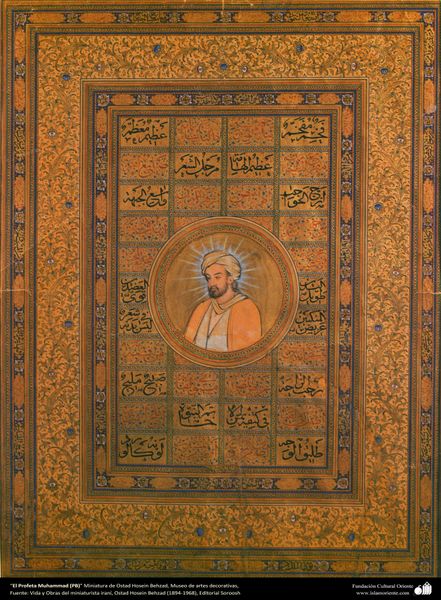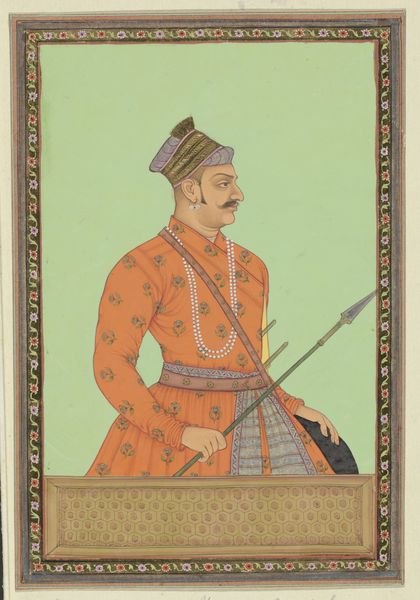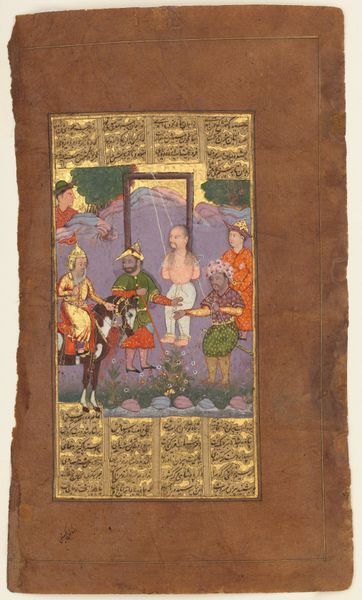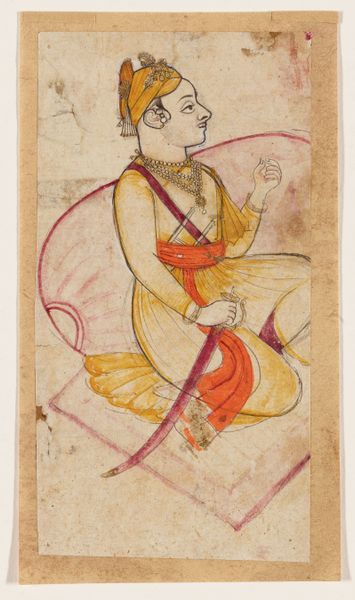
Bodhidharma c. 13th century
attributedtoyanhui
minneapolisinstituteofart
drawing, hanging-scroll, ink
portrait
drawing
medieval
asian-art
figuration
hanging-scroll
ink
china
This 13th-century hanging scroll depicts Bodhidharma, the founder of Zen Buddhism, attributed to the artist Yan Hui. Painted on silk, the scroll is dominated by a close-up portrait of Bodhidharma in a red robe, a solemn expression on his face. The painting's minimalist style and emphasis on capturing the subject's spiritual essence reflect the core principles of Zen Buddhism. The work, now in the Minneapolis Institute of Art, exemplifies the artistic expression of Chinese Buddhist art, a tradition that blends religious iconography with meticulous brushwork.
Comments
Sakyamuni and Bodhidharma are compelling examples of the Chinese figure-painting tradition as it evolved in the late Song dynasty in the hands of professional artists. They are attributed to Yan Hui, an artist widely admired during his lifetime for the breadth of his artistry, but especially for religious imagery. Both paintings also represent important iconographies within the Buddhist tradition, presently underrepresented in the museum’s collection. Yan Hui championed a style of figure painting that was visually bold as well as emotionally charged. In these two works he deftly conveys the personalities of the two sages: the gentle, introspective Sakyamuni, and the aggressive, outward character of Bodhidharma.
Join the conversation
Join millions of artists and users on Artera today and experience the ultimate creative platform.
